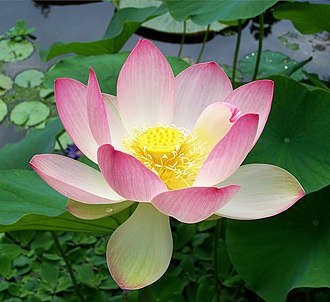Most of the Papua New Guinea coffee we see for sale has been sourced through illegitimate channels, "whitewashed" by using a registered broker for the final trade outside the country. But that is coffee with blood on the hands of those who sell it, because it is often stolen from farmers who are physically harmed in the process. Papua New Guinea coffee should not be purchased unless the origin can be certified.
That's why we like Butch from Highlands Summit, he is a bush pilot who flies a Cessna into an airstrip that his company created so they can actually fly the sacks of beans out in the belly of the plane, and on the return trip he brings medical supplies and food and necessities purchased in trade for coffee from the coastal cities. This three-way trade provides a wonderful humanitarian program for otherwise isolated and deprived villagers.
We are bringing in two grades of coffee. The first we call Grade A, and it is not screened for size. It has small beans and also gigantic beans, which is typical of this varietal growing wild from plantings established from Jamaica Blue Mountain stock over 100 years ago. We've had many customers tell us they prefer this naturally diversified varietal more than the expensive Jamaica Blue Mountain beans they have been purchasing elsewhere.
The other grade is the rare PSC-AA, which is screened for size and drops out the smaller beans and most of the peaberries, for an extremely uniform roasting experience. PSC-AA grade is recognized as one of the top 10 superior gradings around the world and is very hard to find.
Both grades have exquisite taste. The coffee is complex with fruity notes and a spicy aroma, and is super-smooth with wonderful body. Everybody loves this coffee! It's one of the rare treats we ourselves serve to guests and brew up on special occasions. We know you will love it!






